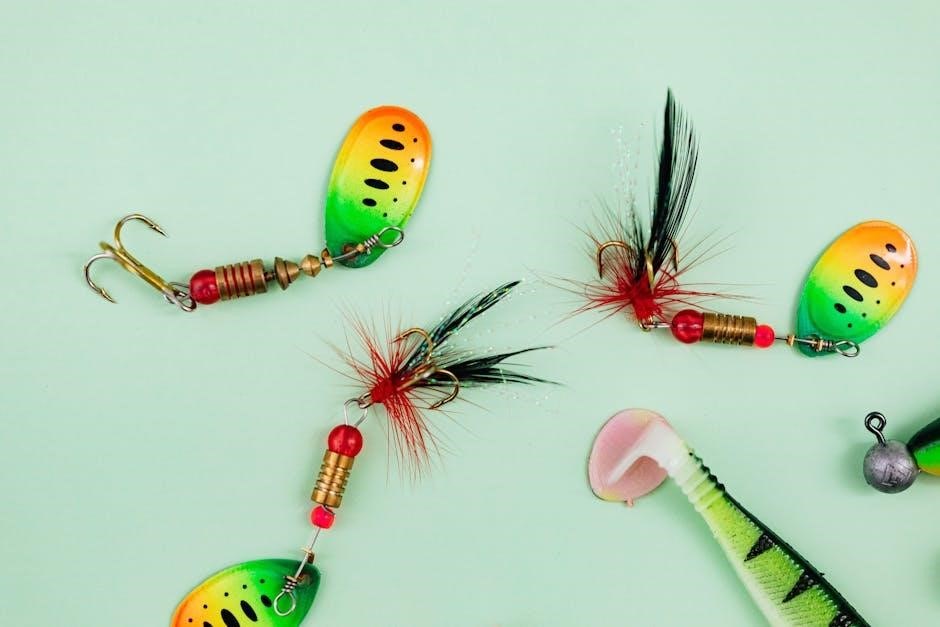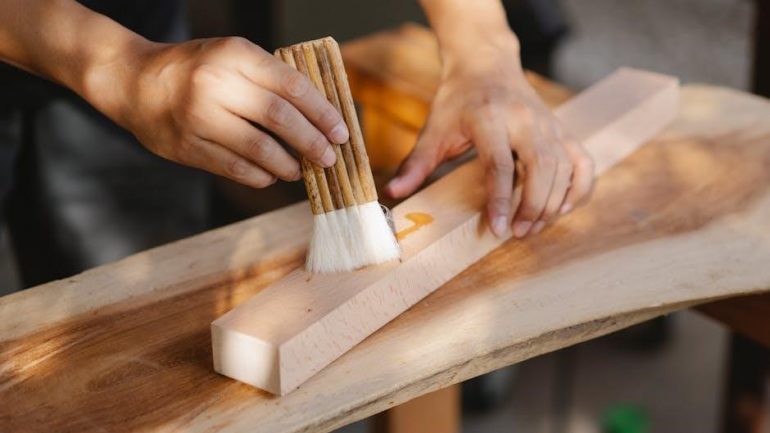The Orvis Guide to Fly Fishing: A Comprehensive Overview
The Orvis Fly-Fishing Guide stands as a celebrated resource for anglers,
offering comprehensive insights from basic techniques to advanced strategies.
It covers tackle selection, casting,
fly selection, knot tying, and species-specific approaches, making it invaluable for both beginners and experienced fly fishers.
Orvis, established in 1856, represents a longstanding tradition in fly fishing,
recognized as America’s oldest mail-order outfitter and a continually operating leader in the field.
The Orvis Fly-Fishing Guide embodies this legacy,
serving as a comprehensive resource refined over decades to educate and inspire anglers.
The guide provides a gateway to Orvis-endorsed lodges, guides, and outfitters across the United States,
Canada, and Mexico, ensuring access to premier fly-fishing experiences.
With its roots deeply embedded in fly-fishing history,
Orvis continues to shape the sport through quality products, educational resources like videos, articles, and podcasts, and a commitment to preserving angling ethics and safety.
Essential Equipment and Tackle
Selecting the correct fly rod, reel, and line is crucial for successful fly fishing.
Orvis provides guidance on choosing equipment that matches target species and fishing conditions, ensuring optimal performance.
Fly Rod Selection: Matching Rod to Target Species
Choosing the right fly rod is paramount for effective fly fishing, and Orvis provides extensive guidance on matching rod selection to the intended target species.
For delicate trout fishing in streams, a lighter rod with a slower action is preferable, allowing for precise casts and gentle presentations.
When targeting larger species like bass or salmon, a heavier rod with a faster action provides the necessary power to cast larger flies and handle stronger fish.
The Orvis guide emphasizes considering the rod’s weight, length, and action to ensure optimal performance and enjoyment on the water.
Reels: Choosing the Right Size and Type
Selecting the appropriate fly reel is crucial for balancing your rod and managing your fly line, and Orvis offers insights into choosing the right size and type.
The reel’s primary function is to hold the fly line and backing, but it also plays a role in fighting fish, particularly larger species.
Match the reel size to the rod’s weight to ensure a balanced setup, preventing fatigue during long days on the water.
Consider the type of drag system, with disc drags offering smoother and more consistent performance for battling strong fish.
Orvis reels, like the Clearwater, offer quality construction and reliable performance for various fly-fishing scenarios.
Fly Line: Understanding Different Line Weights and Tapers
Understanding fly line is paramount in fly fishing, as it is the weight of the line, not the lure, that casts the fly; Orvis provides guidance on line weights and tapers.
Fly line weight should match your rod for optimal casting performance; using too light or too heavy a line can hinder your cast.
Tapers influence how the line unrolls and presents the fly, with various tapers designed for different fishing situations.
Weight-forward tapers are popular for distance casting, while double tapers offer delicate presentations.
Orvis offers a range of fly lines designed for trout, bass, and saltwater species, ensuring you have the right line for your target fish and fishing conditions.
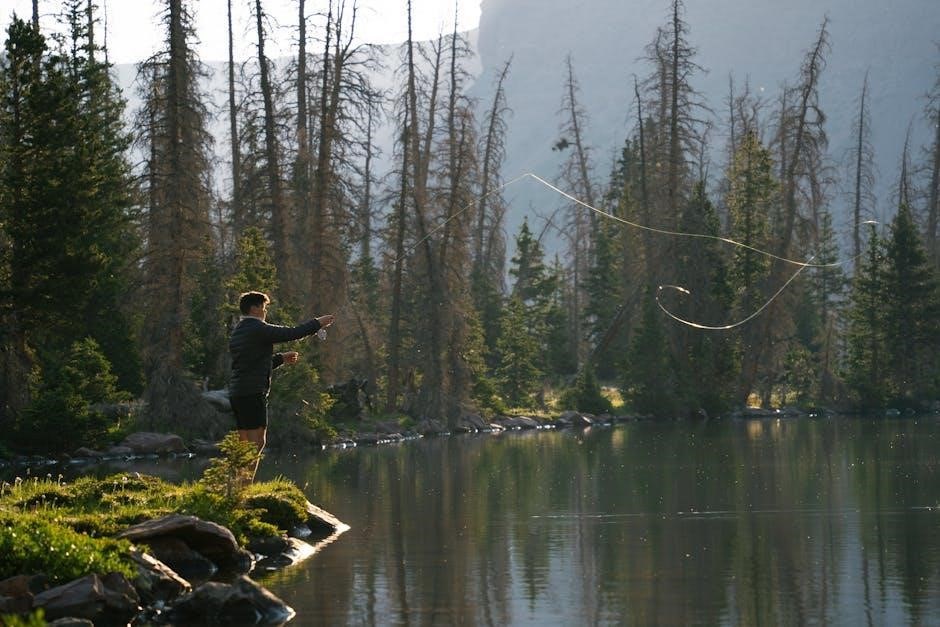
Casting and Presentation Techniques
Mastering casting and presentation is key to successful fly fishing. From basic casts for beginners to advanced methods for accuracy, refining these skills enhances your ability to present the fly effectively.
Basic Fly Casting Techniques for Beginners
For those new to fly fishing, mastering the basic casting techniques is the first step toward enjoying the sport.
The overhead cast is a foundational skill, involving a smooth backcast followed by a forward cast, utilizing the rod’s flex to propel the fly line.
Beginners should focus on a controlled motion, avoiding jerky movements that can disrupt the cast.
Practicing on a lawn is a great way to develop muscle memory and refine technique before heading to the water.
Additionally, understanding the importance of line control and proper grip will contribute to improved accuracy and distance, setting the stage for more advanced casting methods.
Advanced Casting Methods for Distance and Accuracy
Once the basic overhead cast is mastered, anglers can explore advanced techniques to achieve greater distance and accuracy.
The double haul, a technique involving pulling the fly line during both the backcast and forward cast, significantly increases line speed and casting distance.
The roll cast is invaluable for fishing in tight quarters or when obstructions prevent a traditional backcast.
Furthermore, understanding how to adjust casting stroke and line speed based on wind conditions and fly size is crucial for consistent performance.
Practicing these advanced methods requires dedication and attention to detail, but they ultimately expand the angler’s capabilities and effectiveness on the water, making challenging fishing situations more manageable.
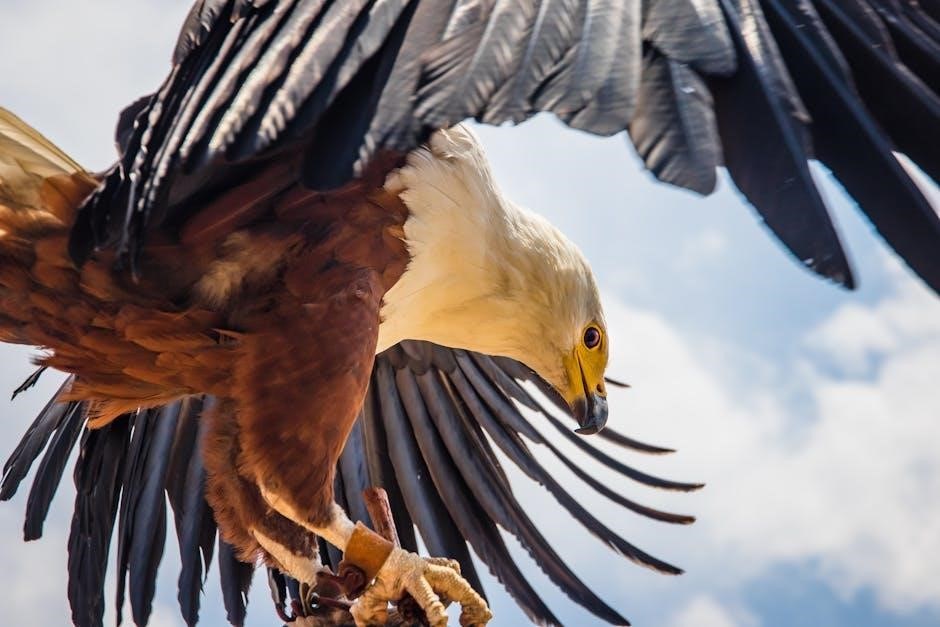
Fly Selection and Usage
Selecting the right fly is crucial.
Understanding fly patterns, including their imitations of insects and other aquatic life, is essential.
Matching the hatch involves choosing flies that mimic what fish are actively feeding on.
Understanding Fly Patterns and Their Imitations
Fly fishing success hinges significantly on understanding fly patterns and their imitations of natural food sources.
Effective fly selection requires anglers to recognize various insect life stages and other aquatic creatures that fish prey upon.
Fly patterns are designed to mimic these natural foods, enticing fish to strike.
These imitations range from dry flies mimicking adult insects floating on the surface to nymphs representing immature insects drifting underwater.
Streamers imitate baitfish or larger aquatic creatures, and each pattern has specific characteristics regarding size, shape, color, and behavior. Understanding these nuances and how they relate to the local ecosystem dramatically improves an angler’s chances of success.
Proper imitation is essential for fooling wary fish and increasing hookups.
Matching the Hatch: Selecting the Right Fly for the Conditions
“Matching the hatch” is a crucial skill in fly fishing, involving selecting flies that closely imitate the insects actively hatching and available to fish.
This requires careful observation of the stream or lake to identify the size, color, and form of the insects present.
Anglers must also consider the behavior of the natural insects – are they drifting on the surface, emerging from the water, or swimming beneath?
Matching the hatch involves selecting flies that closely resemble these characteristics.
Successful fly selection often means choosing a fly that is not only the right size and shape but also presented in a manner that mimics the natural insect’s movement.
Adaptability and a keen eye for detail are key to effectively matching the hatch and enticing fish to strike.
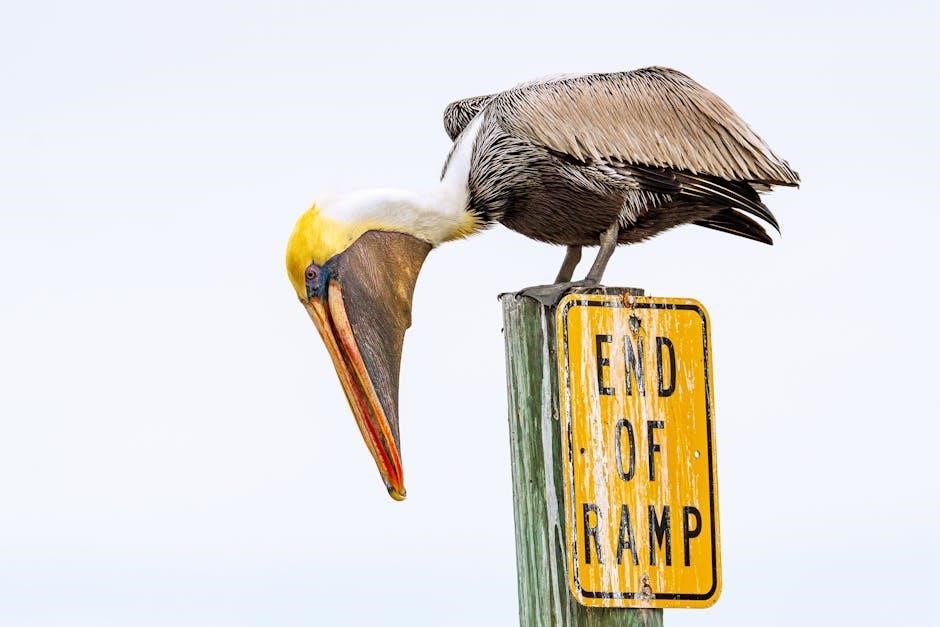
Knot Tying Essentials
Mastering essential knots is crucial for fly fishing success. Secure knots ensure strong connections between the fly line, leader, tippet, and fly, preventing break-offs and lost fish.
Essential Knots for Fly Fishing Leaders and Tippets
Secure connections between leaders and tippets are paramount in fly fishing, directly impacting your success rate.
The Orvis guide emphasizes mastering a few essential knots,
ensuring reliable links that can withstand the pressure of casting and fighting fish.
The improved clinch knot is a dependable choice for attaching the fly to the tippet.
The surgeon’s knot, both single and double versions, excels at joining sections of tippet or leader material of similar diameters.
For connecting lines of significantly different thicknesses, the blood knot is a classic option, providing a smooth and robust connection.
Properly tied knots maintain the integrity of your line system,
preventing frustrating break-offs and allowing you to focus on presenting your fly effectively and enjoying your time on the water.
Practice each knot thoroughly to ensure consistent, strong connections.
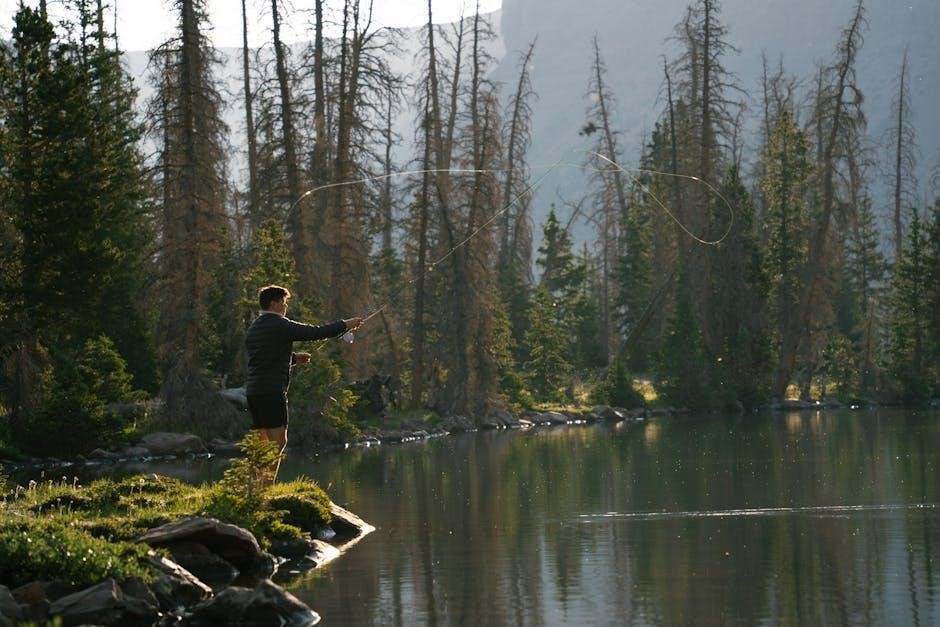
Fly Fishing for Different Species
Adapting fly fishing techniques to various species is crucial.
From trout in streams to bass in warm waters,
Orvis provides targeted strategies for success.
This section covers specific approaches for diverse gamefish.
Fly Fishing for Trout: Techniques and Strategies
Fly fishing for trout demands a nuanced approach, considering factors like stream conditions and trout behavior.
Orvis emphasizes understanding the trout’s environment.
Successful techniques include dry fly fishing, nymphing, and streamer fishing,
each effective in different situations.
Matching the hatch,
selecting flies that imitate local insects, is crucial.
Stealth and presentation are key;
avoiding disturbances and presenting flies naturally increases success;
The guide advises on reading the water to identify trout lies and
adjusting techniques based on seasonal changes and water clarity.
Proper casting and drift control are essential for presenting flies effectively.
These techniques maximize your chances of hooking into these beautiful fish.
Fly Fishing for Bass: Adapting to Warmwater Environments
Fly fishing for bass requires adapting techniques to warmwater environments.
Orvis highlights the importance of understanding bass behavior and habitat.
Surface flies, like poppers and frogs, are effective when bass are actively feeding on top.
Subsurface flies, such as streamers and nymphs, work well in deeper water or when bass are less active.
Heavier rods and lines are often needed to handle larger flies and fight powerful fish.
Consider using weed guards on flies to navigate through vegetation-rich areas.
Vary retrieve speeds and patterns to find what triggers strikes.
Fishing during dawn and dusk, when bass are most active, can increase success.
Adjusting fly selection and presentation to match the available forage is essential.
Effective techniques can lead to thrilling catches in warmwater environments.
Resources and Learning
Orvis provides extensive resources like videos, articles, and podcasts for fly fishing education.
They also endorse lodges, guides, and outfitters, offering anglers opportunities to enhance their skills and explore new fishing locations.
Orvis Fly Fishing Learning Center: Videos, Articles, and Podcasts
The Orvis Fly Fishing Learning Center is a treasure trove of educational content, offering a variety of resources to enhance your fly fishing skills.
Dive into their extensive collection of videos, covering everything from basic casting techniques to advanced strategies for targeting specific species like trout and bass.
Complementing the videos are insightful articles written by experienced anglers, providing in-depth knowledge on fly selection, knot tying, and reading the water.
For those who prefer auditory learning, the Learning Center also features podcasts hosted by experts like Tom Rosenbauer, sharing tips, stories, and the latest insights from the world of fly fishing.
Whether you’re a beginner or a seasoned angler, the Orvis Learning Center has something to offer, making it an invaluable resource for expanding your knowledge and improving your success on the water.
Orvis-Endorsed Lodges, Guides, and Outfitters
For anglers seeking exceptional fly fishing experiences, Orvis-Endorsed Lodges, Guides, and Outfitters represent the pinnacle of quality and expertise.
These carefully selected partners have met rigorous standards, ensuring that anglers receive top-notch service, knowledgeable guidance, and access to prime fishing locations.
Whether you’re dreaming of casting for trout in Montana’s pristine rivers, pursuing bonefish in the Bahamas, or exploring the remote wilderness of Alaska,
Orvis-Endorsed destinations offer unparalleled opportunities for unforgettable adventures.
From cozy lodges nestled in scenic landscapes to experienced guides with intimate knowledge of local waters, these partners provide everything you need to make the most of your fly fishing trip.
With Orvis-Endorsed outfitters, you can rest assured that you’re in good hands, allowing you to focus on what matters most: enjoying the thrill of the catch and the beauty of the natural world.
